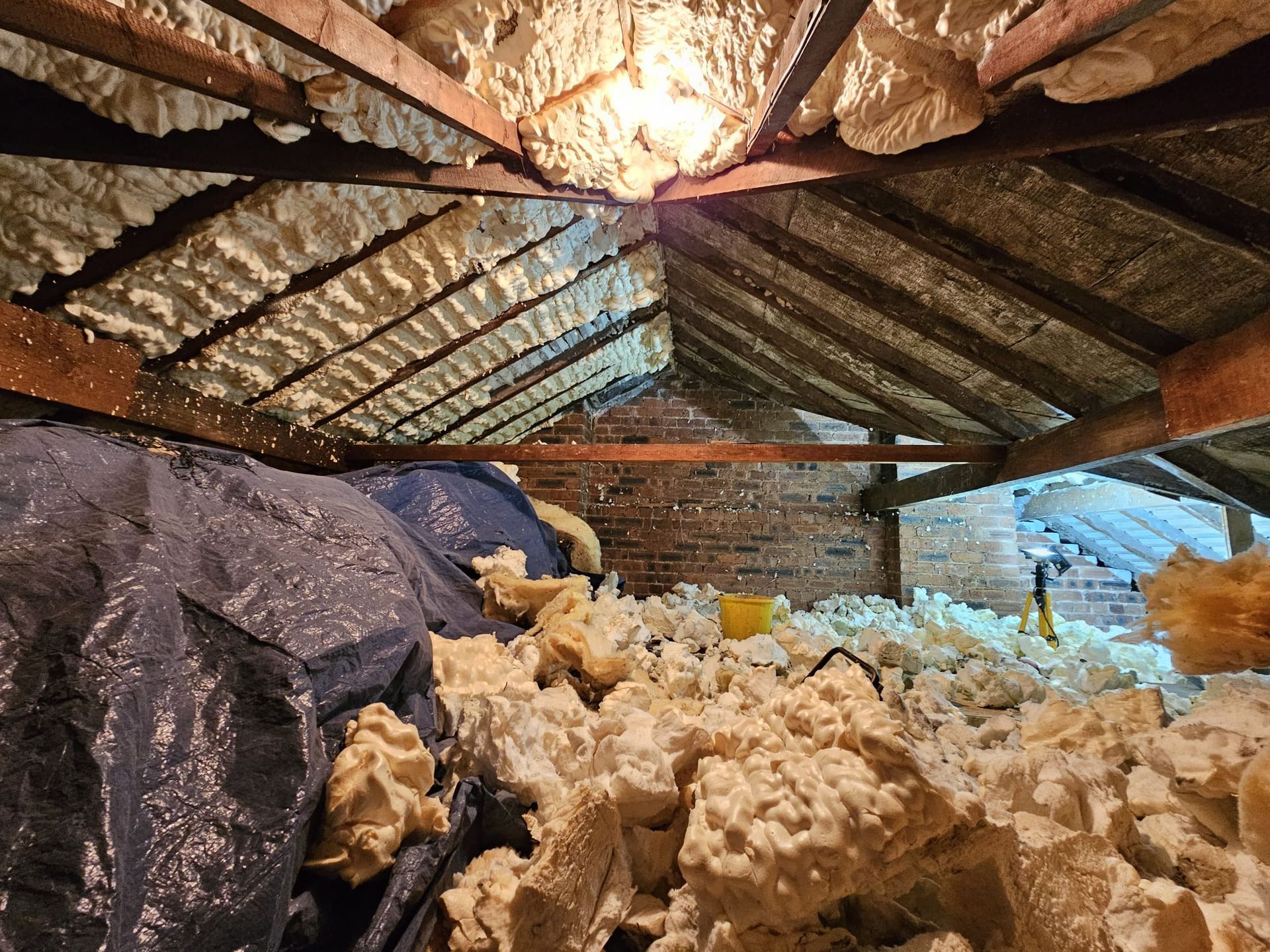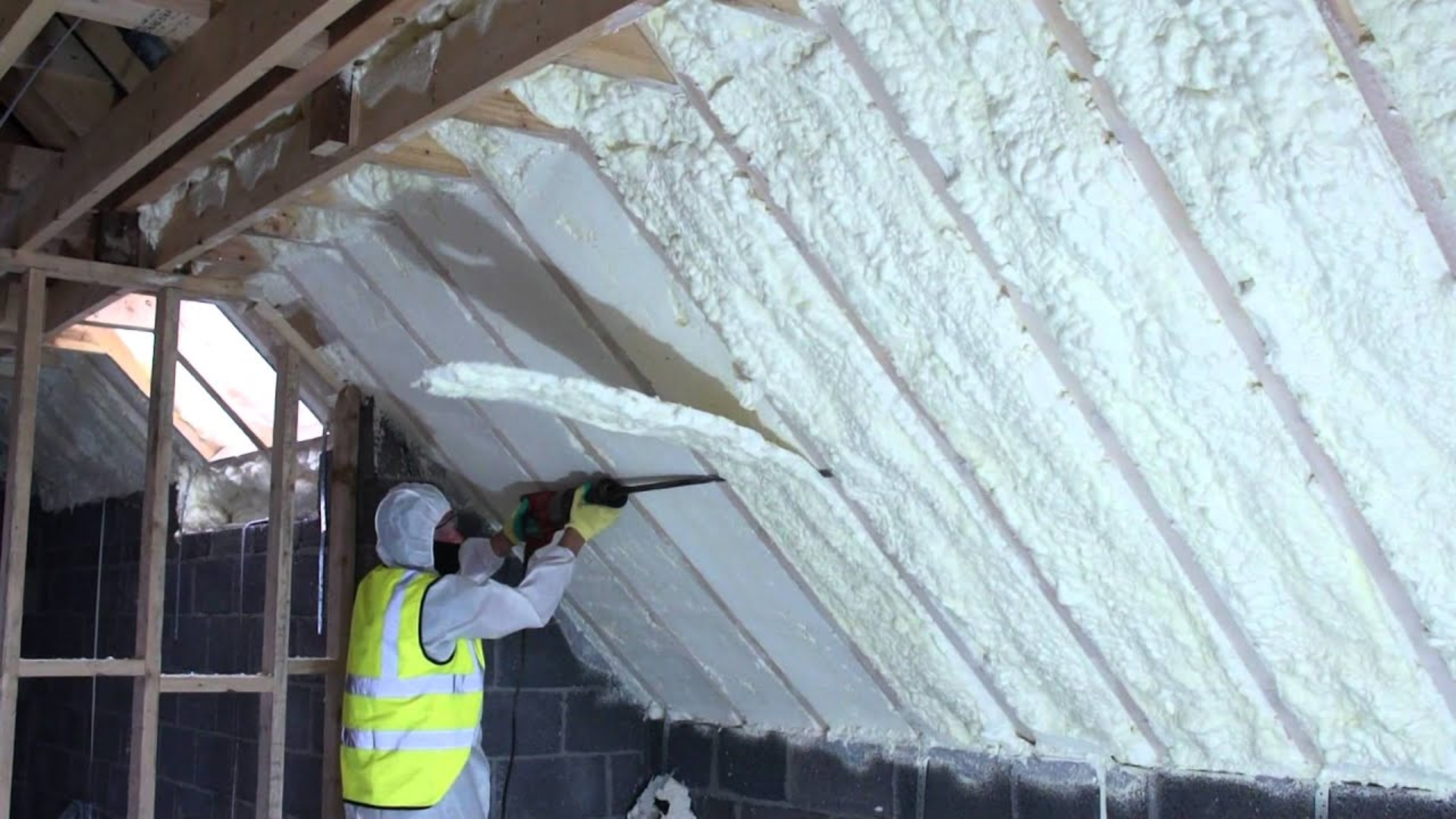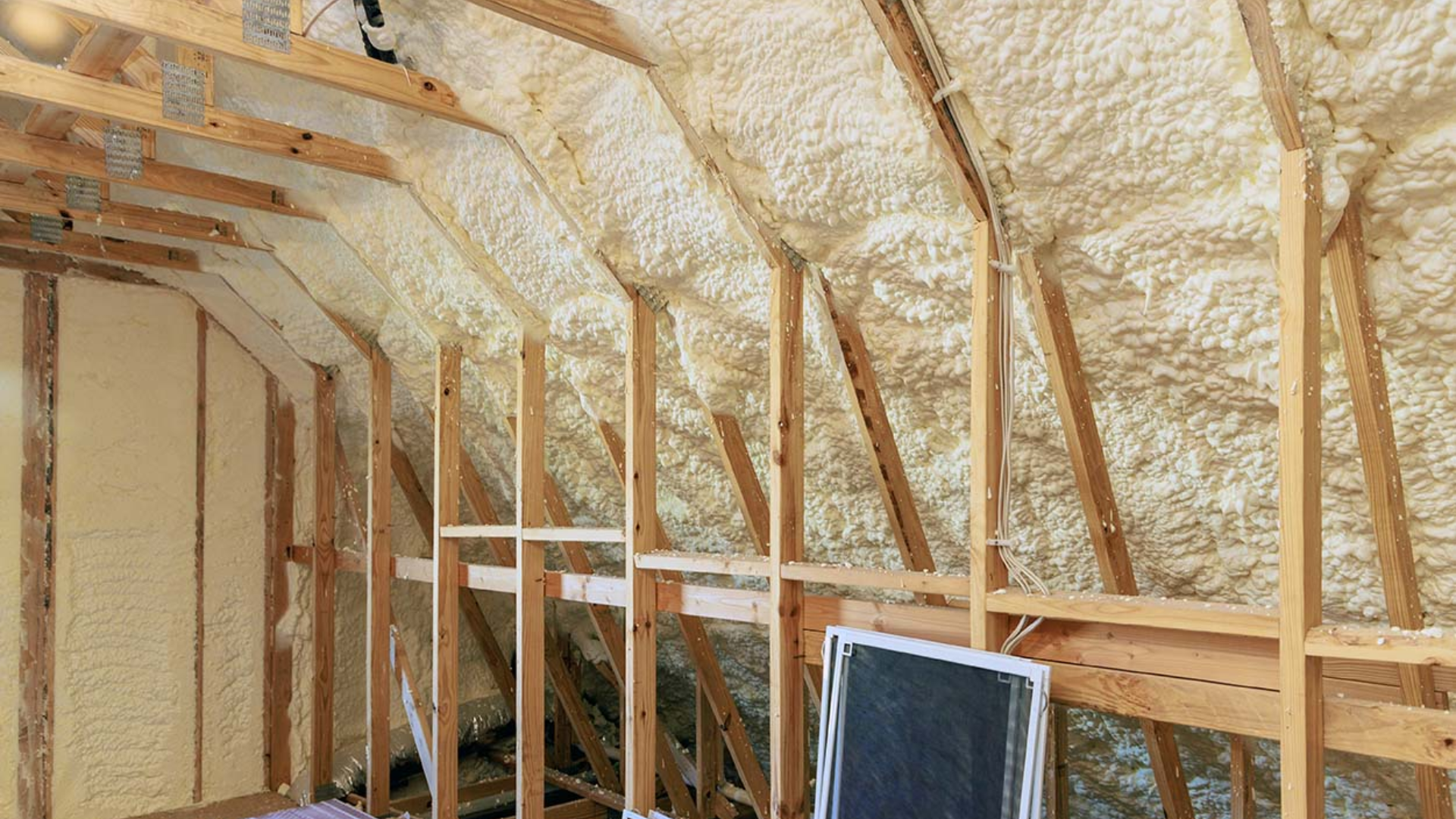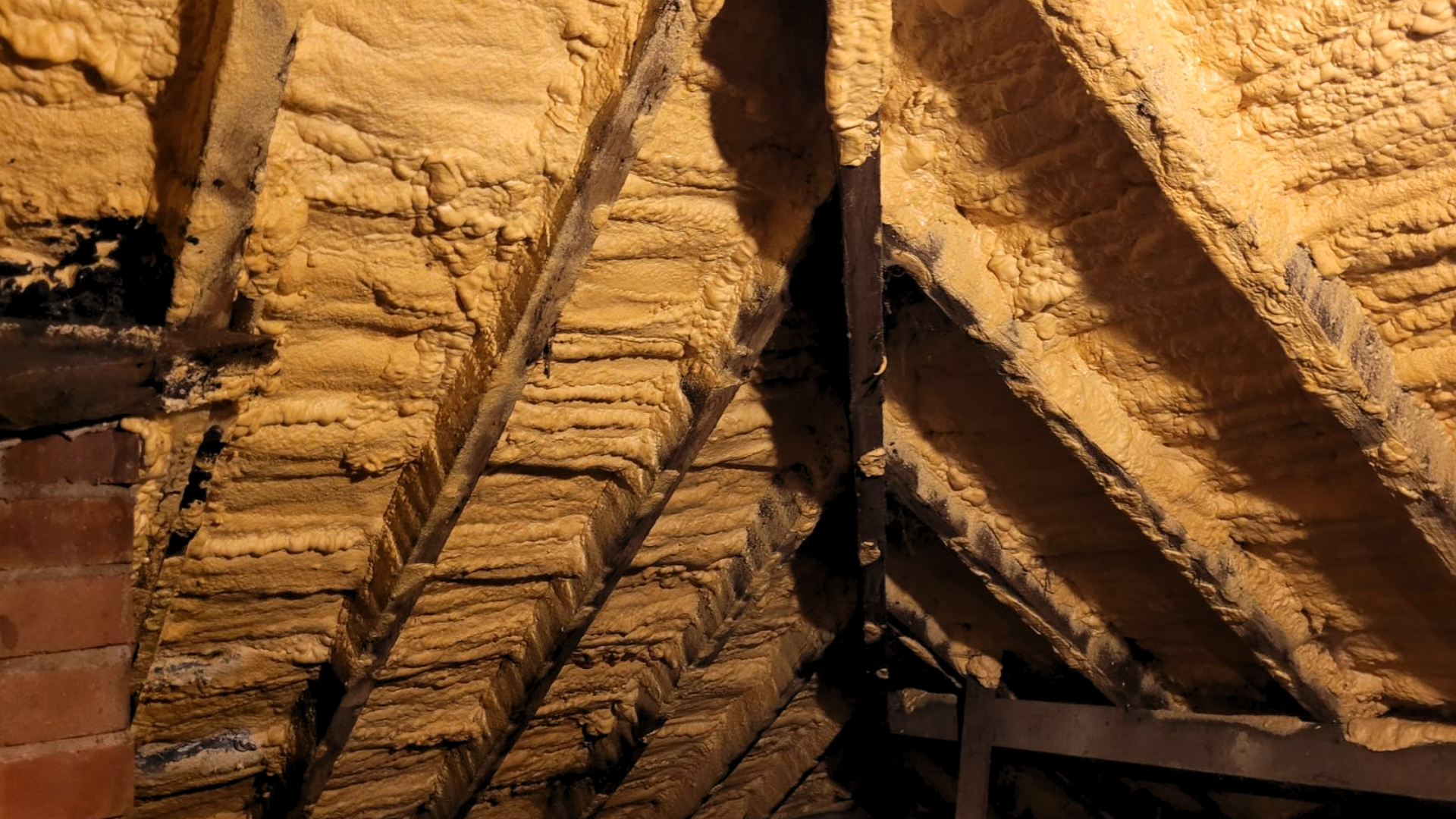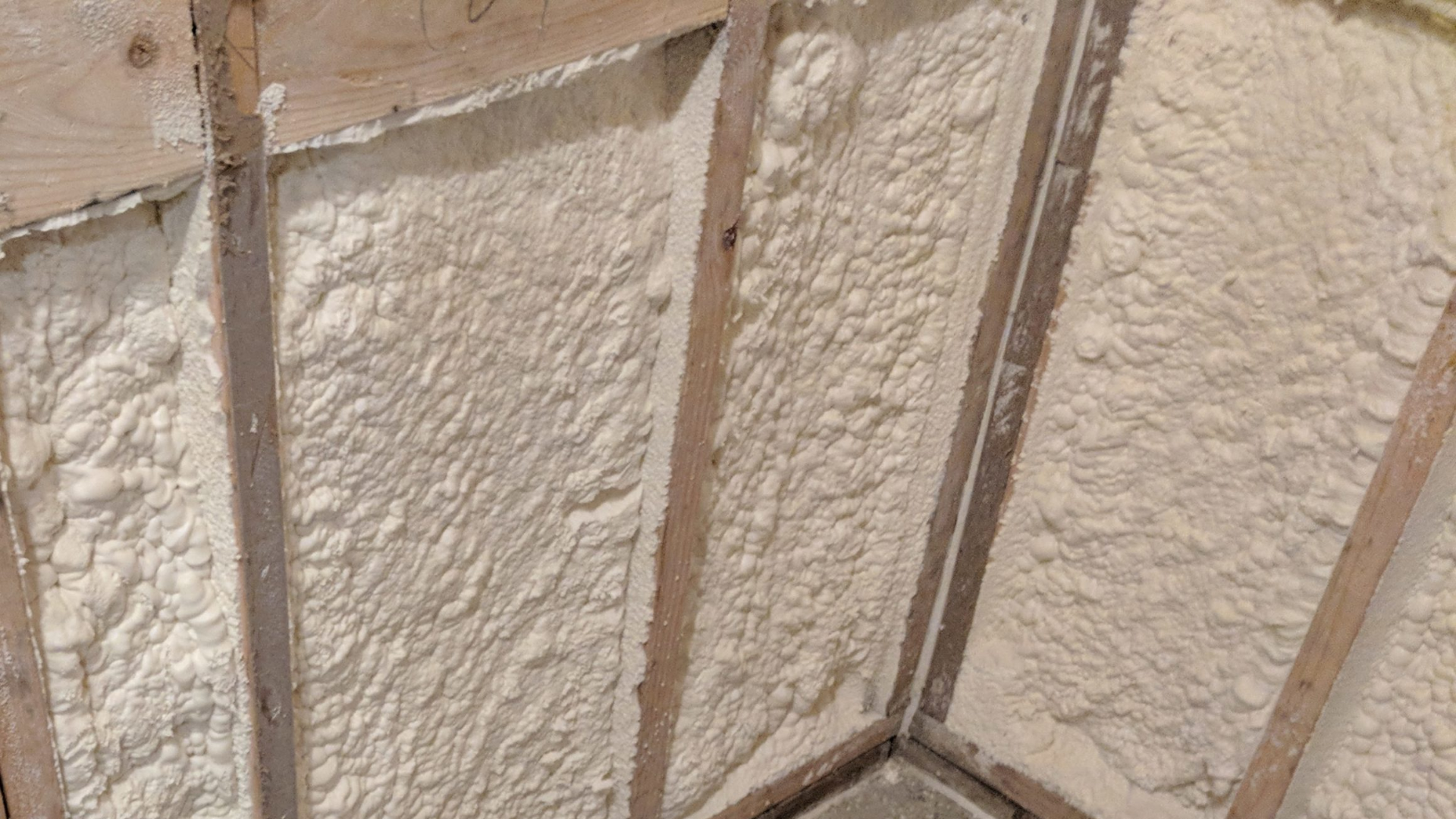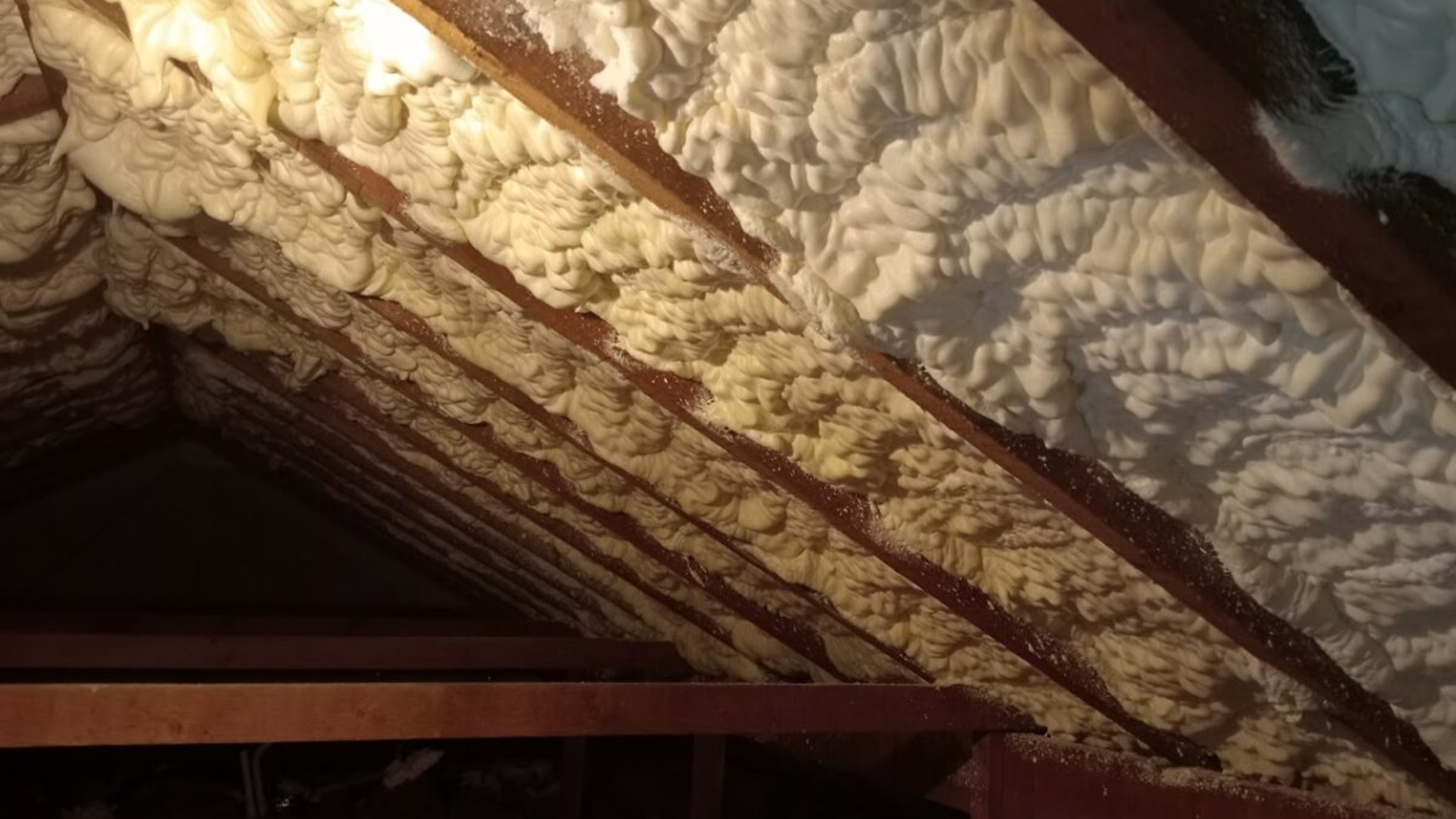Tips for Choosing the Right Insulation to Replace Spray Foam Insulation
You've decided to remove the spray foam insulation from your home, now what?

If you are considering replacing spray foam insulation in your loft, there are several factors to consider when choosing a new insulation material. Here are some tips for choosing the right insulation to replace spray foam insulation:
Consider the R-Value
The R-value measures the insulation's resistance to heat flow. A higher R-value indicates better insulation. When choosing a new insulation material, make sure to consider the R-value and choose a material with a similar or higher R-value to the old insulation.
Choose an Environmentally Friendly Material
Some insulation materials, such as mineral wool, are more environmentally friendly than others. Consider choosing an insulation material made from recycled materials or one that is easily recyclable.
Consider the Installation Process
Some insulation materials require professional installation, while others can be installed as a DIY project. If you're planning to install the insulation yourself, make sure to choose a material that is easy to work with and doesn't require special equipment.
Choose a Material that Meets Building Regulations
In the UK, there are building regulations that require certain levels of insulation in lofts and other areas of the home. Make sure to choose an insulation material that meets these regulations.
Consider the Cost
The cost of insulation can vary greatly depending on the material and installation process. Make sure to choose a material that fits your budget and provides good value for money.
Some popular insulation materials that could be used as a replacement for spray foam insulation include mineral wool, cellulose and rigid foam boards. Mineral wool is a good all-round choice, as it offers good thermal, acoustic and fire safety performance. Cellulose insulation is made from recycled paper and is an eco-friendly choice, while rigid foam boards offer good thermal performance and are easy to install.
Overall, when considering a replacement for spray foam insulation, the most important factor to consider is the insulation's R-value. The higher the R-value, the better the insulation's ability to keep the heat in during winter and out during summer. Depending on the particular needs of the home, different types of insulation may be more suitable for the particular space. It is important to research the different options and weigh their advantages and disadvantages to determine which insulation is the best choice.
By taking these factors into account, you can choose an insulation material that meets your needs and provides effective insulation for your home or commercial building. If you're considering replacing your spray foam insulation, it's worth consulting with an insulation professional to discuss your options and ensure the best solution for your specific needs.
Click here and get in touch today for professional advice.
Book an appointment


